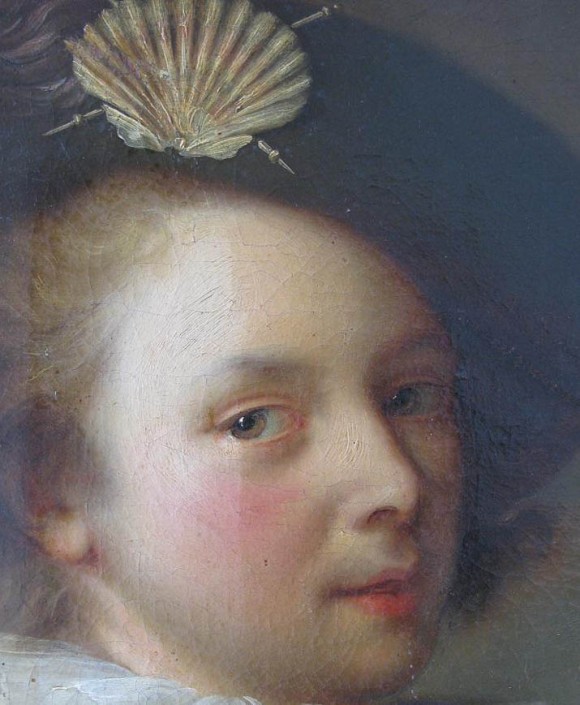FOCUS ON RESTORING THE PAINT LAYER
The Ella Tushinsky Studio conserves and restores the paint layer (the “visible” part of the painted work). Proposed treatments must take into account a number of factors. Overview.
The visible part of a work. The paint layer is the actual layer or layers of color applied by the artist. On account of the superposition of multiple layers as well as the presence of diverse materials, the paint layer is often extremely complex.
Infinite combinations. The paint layer imparts the artwork with its unique character, owing to both its specific technique(s) (paintbrush, palette knife, fingers, bristle brush, roller, etc.) and the materials used in its execution choice (oil, acrylic, tempera, watercolor, sand, etc.). A preparatory coating, which ensures better adhesion to the surface, may also affect the work’s texture and aspect… And other layers may also exist (primers, structured layers, underlayers, etc.). As no two paint layers are identical, treatments of the paint layer must be tailored to the specific techniques used in its execution as well as to the degree of its deterioration.
About the varnish. The varnish provides the paint layer with a protective film and imparts to it a particular finish (glossy, semi-gloss or matte). Coats of varnish may be imbedded with varying amounts of grime. Over time, the varnish deteriorates, altering the work’s original state which, to be recovered, requires proper restoration. Some works are left unvarnished by the artist’s deliberate choice. The cleaning and protecting of such works requires a specific treatment.
THE DIAGNOSIS: recognizing visible signs of deterioration
An initial phase of observation allows us to assess the following:
- whether or not a work requires urgent intervention;
- the paint layer’s degree of stability, through the identification of defects in cohesion and adhesion (brittleness, delamination, flaking, craquelures, powdering, detachment, crazing, etc.);
- the presence of surface grime and dirt (spatters, insect or bird droppings, layers of pollution, smoke, loose dust, etc.);
- the quantity, size and location of areas of paint loss, both old and recent;
- the presence and the quality of earlier restorations (puttying, repainting, inpainting);
- the condition of the varnish (craquelures, oxidation, yellowing, darkening, mildew, bloom).
THE PROPOSED TREATMENT: types of interventions and relevance
The relevance and necessity of a particular treatment is outlined in the condition report. Among the most common interventions:
- preliminary consolidation of fragile areas;
- local surface or global, structural consolidation;
- superficial cleaning and removal of surface dirt;
- cleaning;
- removal of earlier restorations due to deterioration and/or the covering or altering of the original surface, as required;
- reducing the varnish layer thickness (most notably the earlier natural resin varnishes which darken the paint layer), as required;
- filling in losses with putty;
- image reintegration of filled areas, to re-establish visual continuity;
- reconstruction of areas of loss with a suitable treatment (supported by preliminary documentation);
- application of a protective varnish adapted to the nature of the work (if the original work was varnished).



















